A behind-the-scenes look at the zoo
SINGAPORE — In their natural habitats in Central and South America, tamarins, a species of small monkeys, feed themselves by gnawing at the tree bark until they are able to lick the sap that oozes out of the tree.
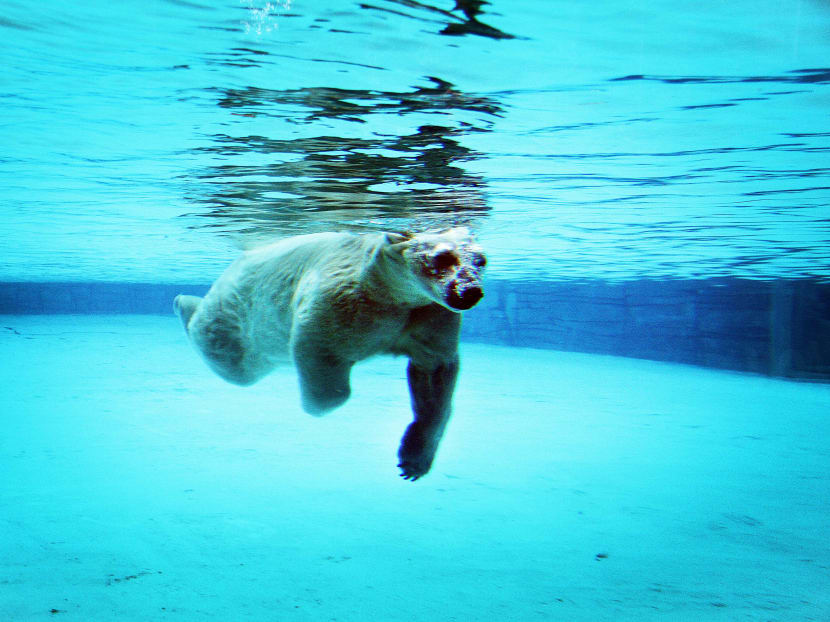
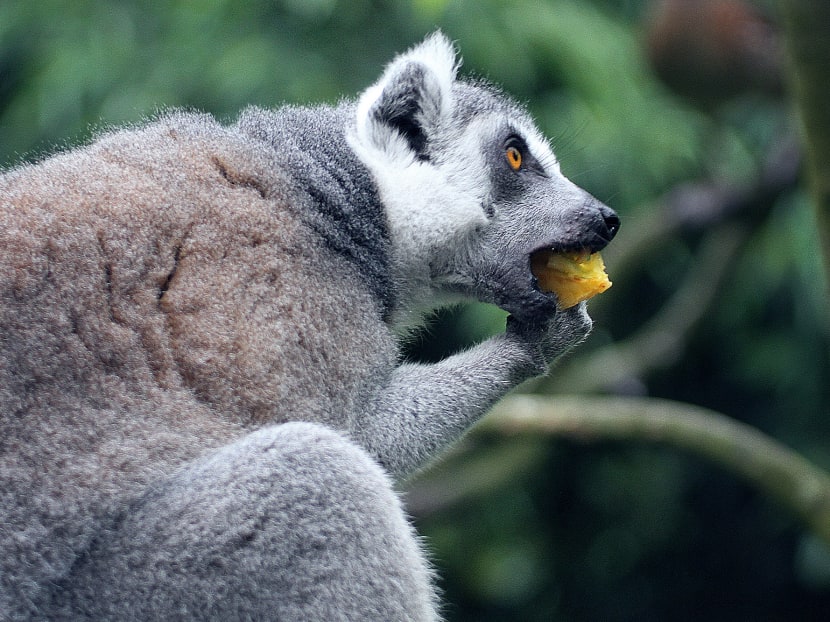
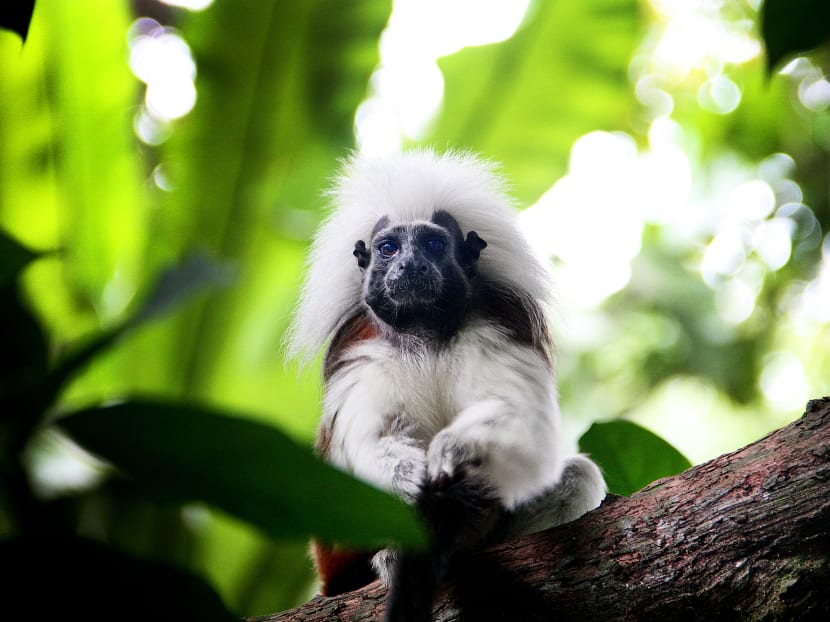
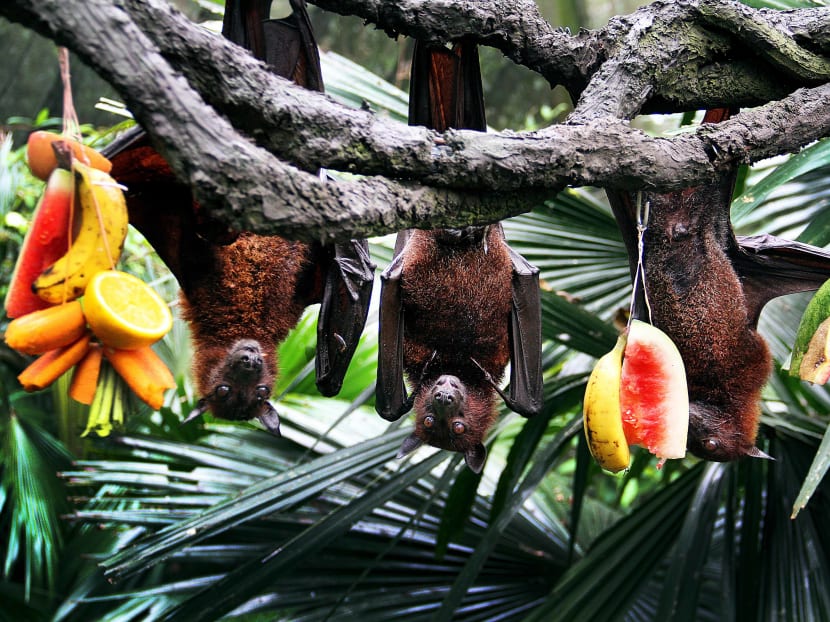
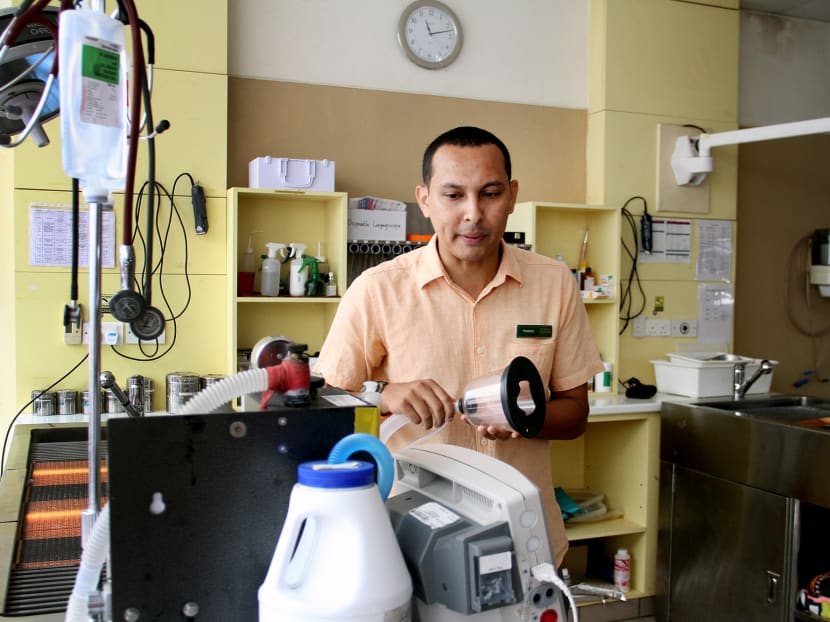
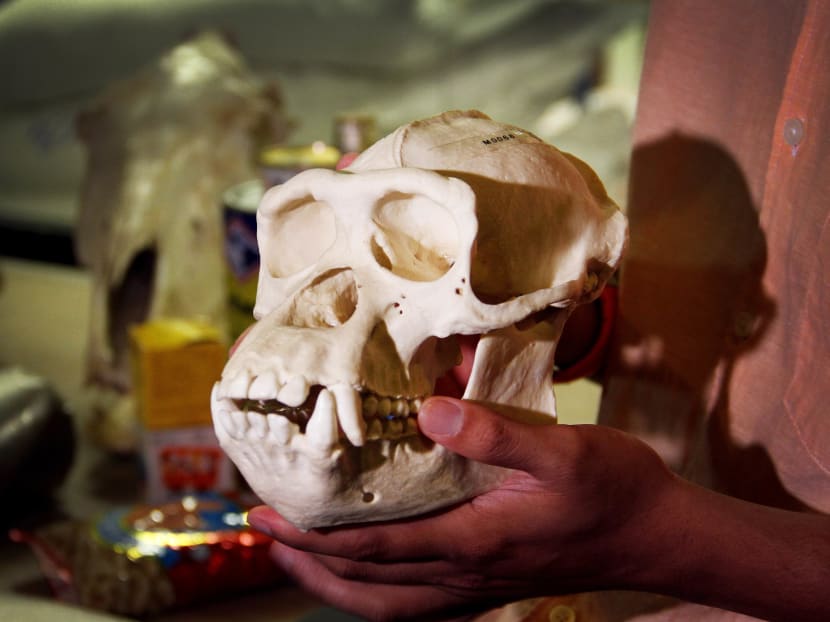
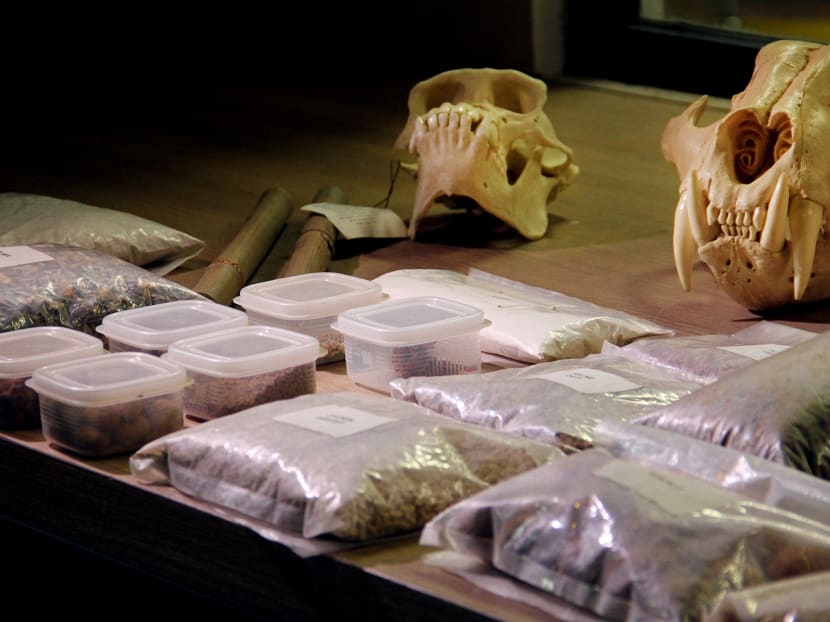
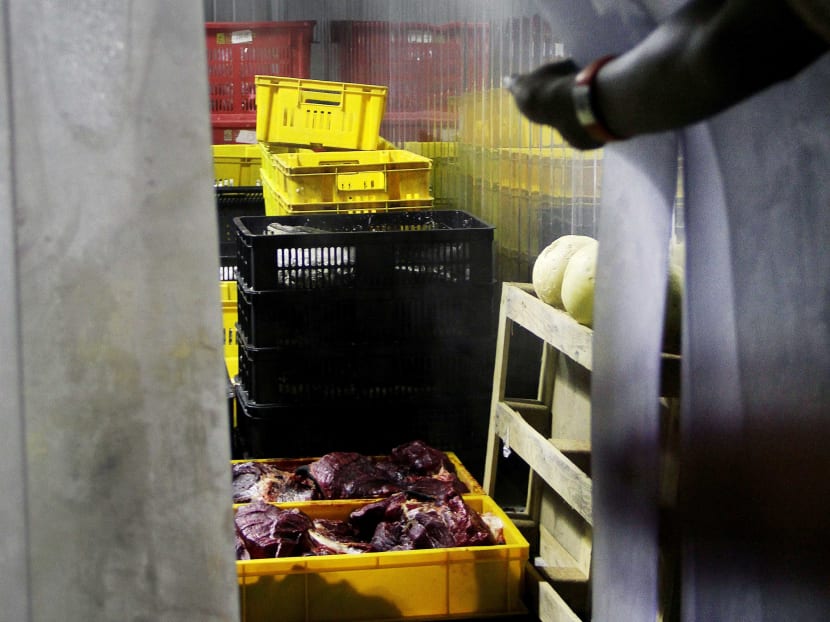
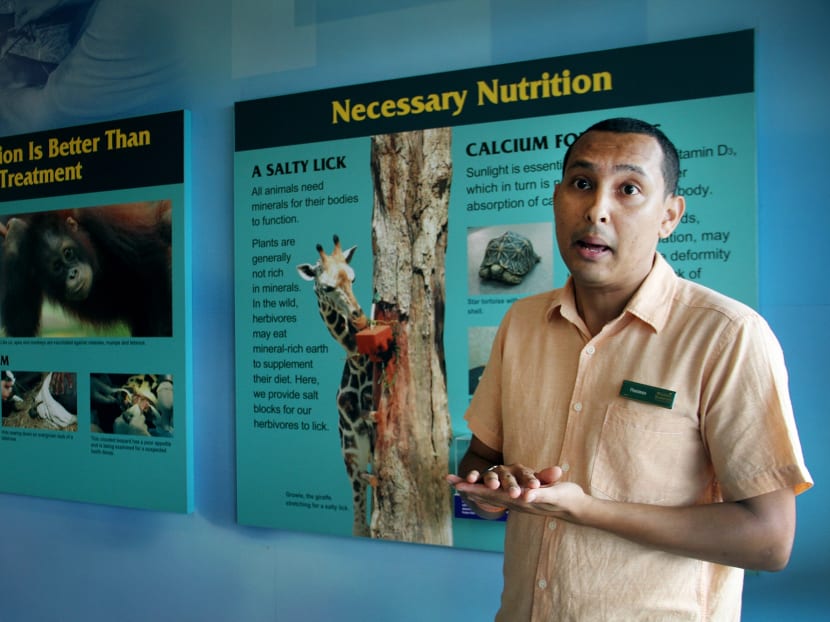
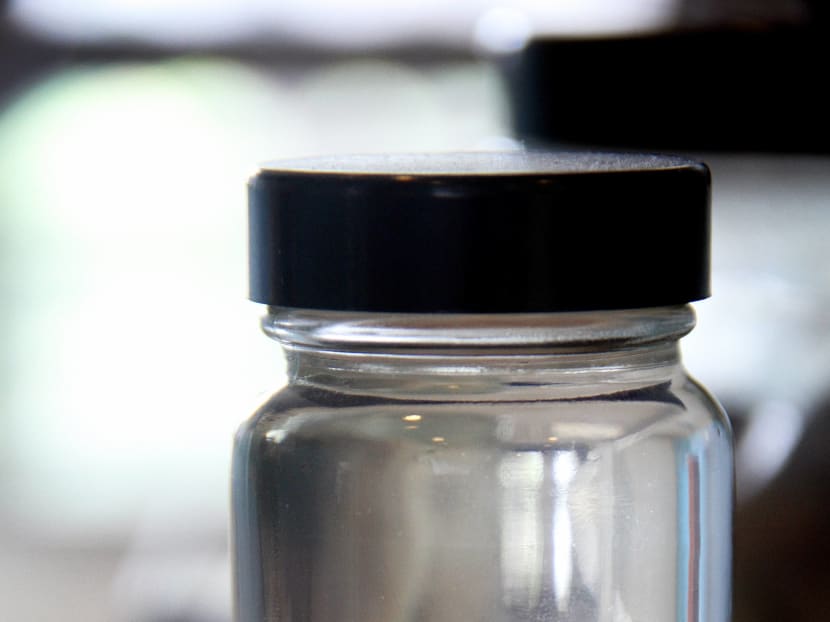
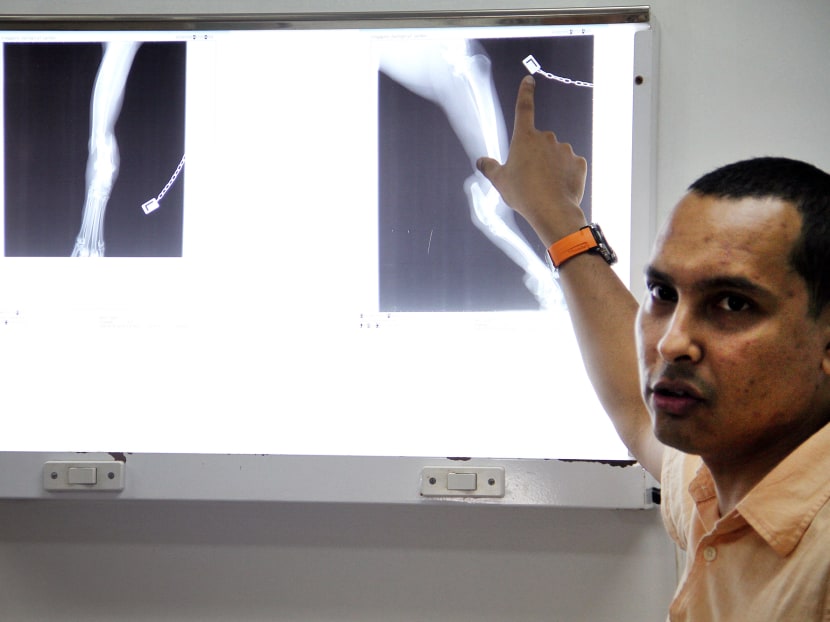

SINGAPORE — In their natural habitats in Central and South America, tamarins, a species of small monkeys, feed themselves by gnawing at the tree bark until they are able to lick the sap that oozes out of the tree.
To replicate this process for the tamarins at the Singapore Zoo, similar food is procured in a powder form which is later dissolved in water and released through special holes in tree trunks.
Chimpanzees, on the other hand, are fed walnuts at the zoo, even though these nuts are not found in their native diets. Walnuts are used to help enrich the chimpanzees’ motor and psychological skills because they have to figure out ways to pop open the nut.
“In the wild, chimps use rocks to crack open tough nuts. But over here, we provide them with food that is more easily procured such as walnuts and almonds,” said Mr Haniman Boniran, Senior Executive of the Education Department for Wildlife Reserves Singapore (WRS).
Mr Haniman led the media on a preview tour of WRS’ Animal in the Pink tour on Tuesday (July 2), which is part of this year’s Singapore Science Festival (SSF).
“We realise that people are very curious about what goes on behind the scenes. So this tour takes our visitors behind the scenes to look at what we do to keep our animals in the pink of health,” said WRS Director (Education) May Lok.
The two-in-one tour of the zoo’s central kitchen and wildlife healthcare and research centre has been part of the SSF since 2011.
RAW MEAT, SUPPLEMENTS AND RIBENA
The tour of the central kitchen — manned by five people — offers visitors a glimpse into the specific diets of various animals and the special concoctions that are prepared for them to ensure a diverse and nutritionally balanced diet.
The kitchen approximately processes 2.3 tonnes of food daily, which is delivered to the three parks: The Night Safari, River Safari and Singapore Zoo.
The diet is measured according to the animal’s body weight, their activity levels and the zoo’s supply of food. The animals are fed in certain ways that replicate how the food is obtained in the wild.
For instance, carnivorous big cats such as jaguars, lions and tigers are only fed raw meat every other day in order to replicate their native diets.
“In their natural habitats, these cats only eat meat once or twice each week, depending on whether they lock in a successful kill,” said Mr Haniman. “Even when they do, they only eat up to about 37kg of meat and they are still able to move without food for the next week or so.”
To keep the WRS’ over 10,000 zoo animals healthy, careful attention is paid to nutrition.
Bigger carnivores like polar bears are fed special pellets alongside their meaty diets. These pellets, as big as your thumb, contain essential minerals and vitamins these bears need such as fish, soybean and bones. These supplements are important because they enable smooth digestion and healthy bowel movements.
Day-to-day products we find at home like milk, honey and Nestum cereal are also incorporated into the animals’ diet. Even an all-time favourite drink, Ribena, is given to primates because it is rich in Vitamin C.
On the tour, visitors can also learn about how animals’ dentition has developed and how this can affect their diet.
X-RAYS AND ACUPUNCTURE
The second segment of the tour focuses on the medical care of the animals. Visitors can learn about the various treatments available including herbal medicine and acupuncture.
The tour allows a quick peek into the treatment room and the x-ray theatre, where visitors can learn how medical assessments are carried out.
To coax animals to take an ultrasound or blood test, zookeepers use operant conditioning, which is when they give out treats as a form of positive reinforcement each time an animal behaves in a desired way.
“We applied this method with the sun bear that gave birth a couple years back. Each time the bear comes the fence, we give it a treat,” said Mr Haniman.
“This is repeated a couple more times and then we use a shower head to lightly probe the animal’s tummy. If the animal doesn’t recoil or get aggressive, it is rewarded with another treat.”
Soon enough, the animal will be able to link a certain behaviour with a cue or signal and cooperate with the veterinarians who will later use machines to perform various checkups.
This method is preferred to dart-gun sedation because it is less distressing for the animal. “Animals can also build up immunity against these drugs, requiring a higher dosage each time and it may lose its effectiveness in the long-run,” added Mr Haniman.
Animal in the Pink will take place on July 23 with the first tour at 10am and another session at 2pm. Each tour lasts between 45-60 minutes and is suitable for all ages. Tours will need a minimum of five people and can take up to a maximum of 30.
Members of the public are required to pre-register for the tour, which costs S$18 for children and S$25 for those 13 and above. To register, e-mail haniman.b [at] wrs.com.sg.
DID YOU KNOW?
- Primates are fed Ribena because it is a rich source of Vitamin C
- Traditional Chinese Medicine is used to help sick animals such as those with constipation problems
- Acupuncture is used as an alternative treatment for some animals to treat arthritis, neurological disorders and to hasten healing





